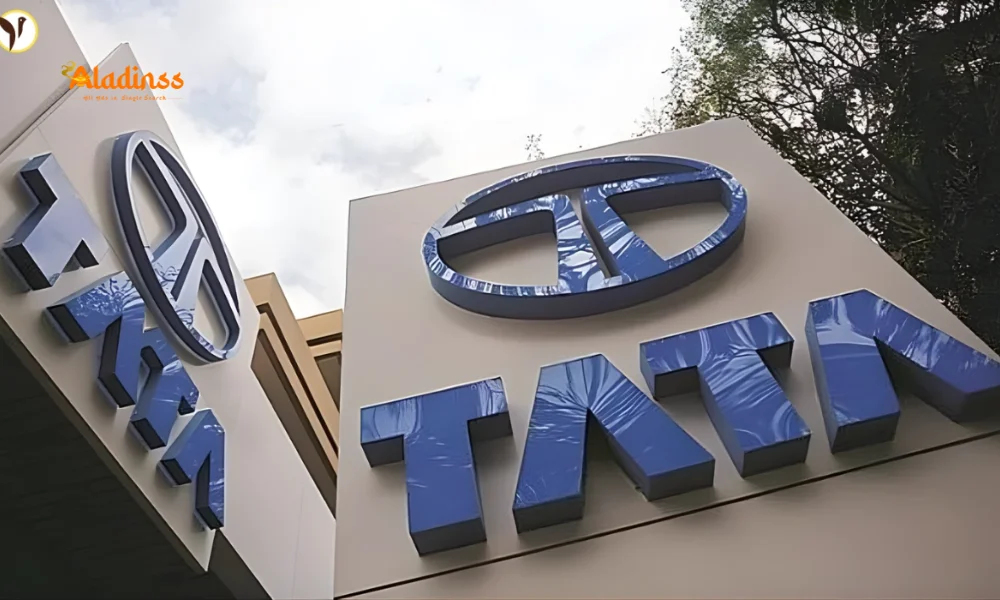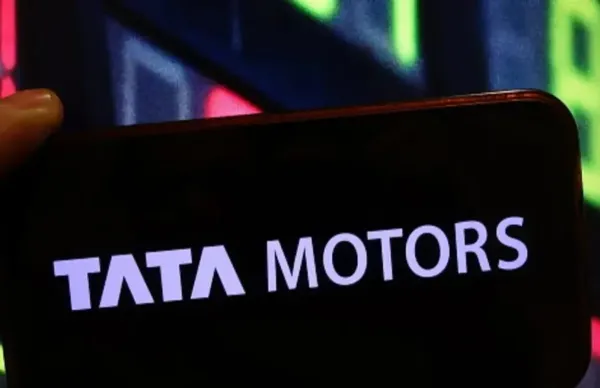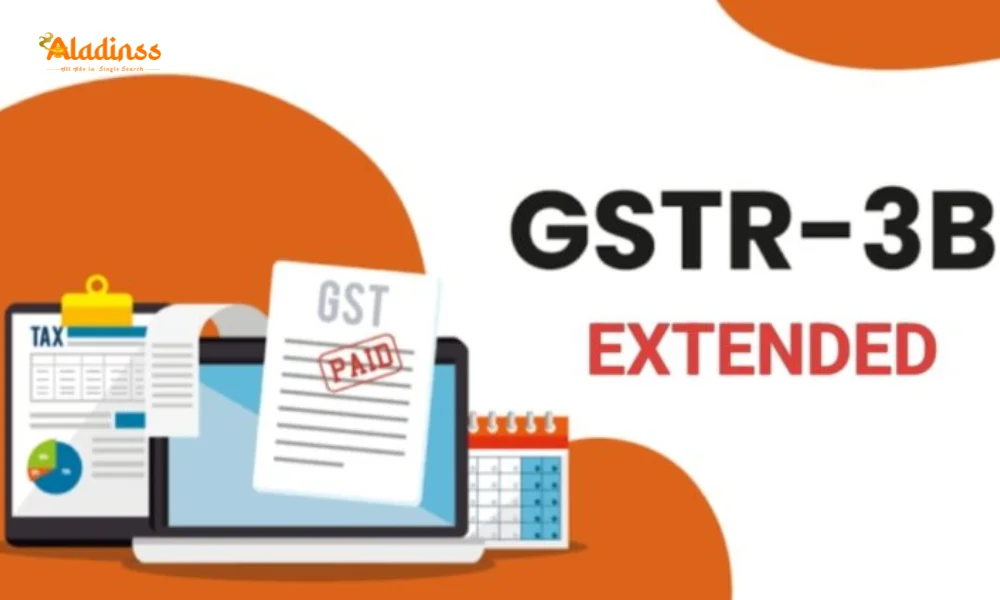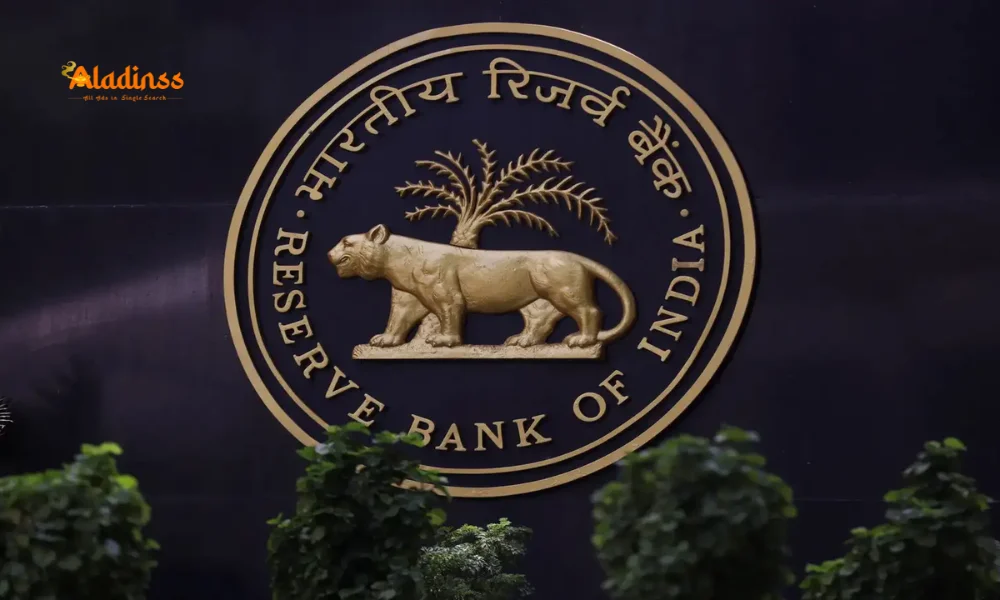Tata Motors Demerger: 40% Dip Explained

Tata Motors Demerger 2025: Decoding the 40% Share Dip and Its Minimal Portfolio Impact

On October 14, 2025, the record date for the highly anticipated Tata Motors demerger, shares of the automaker plunged nearly 40% at open, trading at ₹399 on the BSE compared to Monday's close of ₹660.90. This sharp Tata Motors share price adjustment has sparked concern among investors, but experts assure it's a notional shift tied to the spin-off of the commercial vehicles (CV) unit into a new entity, TML Commercial Vehicles Ltd (TMLCV). Far from signaling distress, this restructuring unlocks value by isolating the passenger vehicles (PV) business, allowing focused growth in EVs and luxury segments.
The demerger, effective from October 1, separates Tata Motors' diverse operations to streamline management and attract targeted investments. Shareholders holding stock as of today receive one TMLCV share per Tata Motors share, preserving overall equity value. Pre-open trading sessions from 9-10 AM helped calibrate the new valuations, with the CV unit pegged at around ₹274 per share by Nuvama Wealth Management, totaling ₹1 trillion in market cap.
Post-adjustment, the stock rebounded swiftly, touching ₹421.45-a 4.5% premium over the ex-CV price of ₹403.01. By mid-morning, it stabilized at ₹416.10, up 4.3%, reflecting market confidence in the PV-focused entity's prospects. This Tata Motors demerger impact on portfolios is negligible in the long run, as combined holdings in both entities mirror pre-demerger worth.
Also Read: FPI Inflows India: ₹1,751 Cr Weekly Surge
Understanding the Mechanics: How the Tata Motors Demerger Works
The Tata Motors demerger represents a strategic pivot, carving out the CV division-which includes trucks, buses, and defense vehicles-into TMLCV, while the parent retains PV, EVs, and Jaguar Land Rover (JLR). Announced earlier in 2025, this move addresses operational silos, with CV contributing 25% of revenues but facing cyclical demands unlike the high-margin PV growth. The board approved the scheme in July, with NCLT clearance in September, paving the way for today's record date.
Eligibility hinges on closing holdings by October 14; demat accounts will credit TMLCV shares by November, when listing on BSE and NSE commences. The ratio is 1:1, ensuring no dilution-your portfolio simply diversifies into two correlated yet independent plays. Tax-wise, it's neutral under Section 2(22)(e), treating it as a bonus issue without capital gains triggers.
Valuation dynamics drove the dip: pre-demerger price encapsulated both units, so the ex-CV adjustment subtracts CV's fair value. Brokerages like Kotak estimate TMLCV at 0.42 times the original share, aligning with Nuvama's ₹274 figure. This precision via pre-open discovery minimizes volatility, a nod to SEBI's corporate action guidelines.
Why the 40% Dip Is Notional: Preserving Investor Value
At first glance, a 40% Tata Motors share price dip evokes panic, but it's arithmetic, not erosion. Pre-demerger, the ₹660.90 encapsulated ₹257 for CV and ₹403 for PV; today's open reflects only the latter. Once TMLCV trades, adding its value restores parity-potentially exceeding if market sentiment favors the spin-off.
Historical precedents affirm this: ITC's hotel demerger in 2019 saw a 30% adjustment, yet combined returns outpaced benchmarks by 15% over three years. Similarly, Reliance's Jio spin-off unlocked ₹2 lakh crore without net loss. For Tata Motors, the dip's brevity-rebounding 4% intraday-signals informed trading, not fear.
Portfolio impact? Minimal for long-term holders. If you owned 100 shares worth ₹66,090, post-demerger: 100 PV shares at ₹416 (₹41,600) plus 100 CV shares (assuming ₹274 listing, ₹27,400), totaling ₹69,000-a 4.4% uplift from adjustment alone. Short-term traders might arbitrage, but fundamentals remain robust.
Strategic Benefits: Unlocking Growth in CV and PV Segments
Demerging sharpens focus: TMLCV targets infrastructure booms, with CV volumes up 8% YoY in Q2 2025, driven by BharatMala projects. Debt-light at ₹5,000 crore, it eyes exports to ASEAN, potentially doubling EBITDA margins to 12%. Meanwhile, Tata Motors PV thrives on EV leadership-Nexon EV sales hit 20,000 units monthly-bolstered by JLR's 15% luxury surge.
Synergies persist via shared R&D, but autonomy attracts niche investors: PE funds for CV's steady cash flows, growth chasers for PV's 25% CAGR. Analysts project combined market cap at ₹3.5 trillion by FY26, up 20% from today, fueled by PLI schemes and green mobility mandates.
- Enhanced agility: CV unit pivots faster to electric trucks amid BS-VII norms.
- Capital efficiency: Separate balance sheets ease ₹25,000 crore group debt.
- Valuation rerating: PV trades at 8x EV/EBITDA vs. blended 6x pre-demerger.
- Risk isolation: Cyclical CV volatility won't drag premium PV multiples.
- Shareholder perks: Dual dividends, with CV yielding 3% and PV reinvesting for expansion.
This bifurcation mirrors global trends-Volkswagen's Traton spin-off boosted shareholder returns 18%-positioning Tata for a $100 billion auto empire.
Market Reaction and Future Outlook: Rebound Signals Confidence
The intraday recovery to ₹416 underscores resilience, with volumes at 15 crore shares-double average-indicating bargain hunting. FIIs, net buyers of ₹500 crore, bet on EV subsidies, while DIIs hold steady at 25% stake. Q2 previews forecast 12% revenue growth, tempered by chip shortages but offset by JLR's 22% margins.
Looking ahead, TMLCV's November debut could catalyze a 10-15% rally if priced at ₹300+, per JM Financial. Regulatory nods for cross-holdings (10% mutual) ensure alignment. Amid auto sector headwinds-rising steel costs, EV infra lags-Tata's demerger fortifies against volatility, targeting 20% ROCE by 2027.
For retail investors, this is a diversification boon: monitor Q3 earnings on November 5 for spin-off synergies. In a portfolio context, the Tata Motors demerger impact dilutes concentration risk, enhancing alpha in diversified funds.
Investor Strategies: Navigating the Post-Demerger Landscape
Post-record date, reassess holdings: if bullish on EVs, retain PV shares; for steady yields, TMLCV appeals. Tax planning-hold over a year for LTCG at 12.5%-optimizes returns. Brokerages recommend 'accumulate' on dips, with targets at ₹500 for PV by March 2026.
Broader implications ripple through Tata Group: TCS and Tata Steel may eye similar unlocks, boosting conglomerate valuation to ₹30 trillion. For novices, this event demystifies corporate actions-demergers as value multipliers, not destroyers.
In essence, today's dip is a mirage; the real story is empowerment. As Tata Motors charts separate paths, investors stand to gain from sharpened strategies and untapped potentials. Stay informed, hold steady-the road ahead accelerates.
Comment / Reply From
No comments yet. Be the first to comment!









